Master of Street Photography Berlin
Master of Street Photography Berlin Version. In this post, I will share with you my street photos from Berlin. Berlin is a metropolitan city in the middle of Europe with all the stories. Full of attractions, beautiful architectural buildings, and recently full of street art.
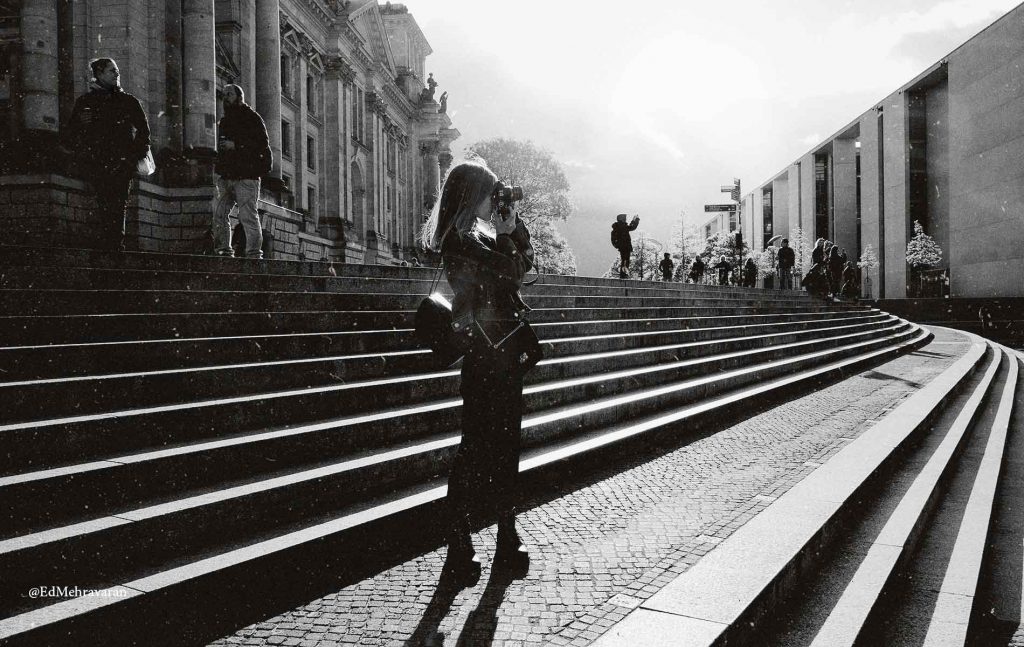
What is street photography?
Street photography, also sometimes called candid photography, it is type of photography for fine art or acidentualy.
Street photography does not necessitate the presence of a street or even the urban environment. People can be in the photographer’s frame; however, it could be without a human being in the picture. it can be a photo og object, or environment which is
Street photography in Berlin, Germany
What are the best locations for street photography in Berlin? The amazing Berlin photo spots? The cool Instagram places in Berlin?
U Eberswalder str
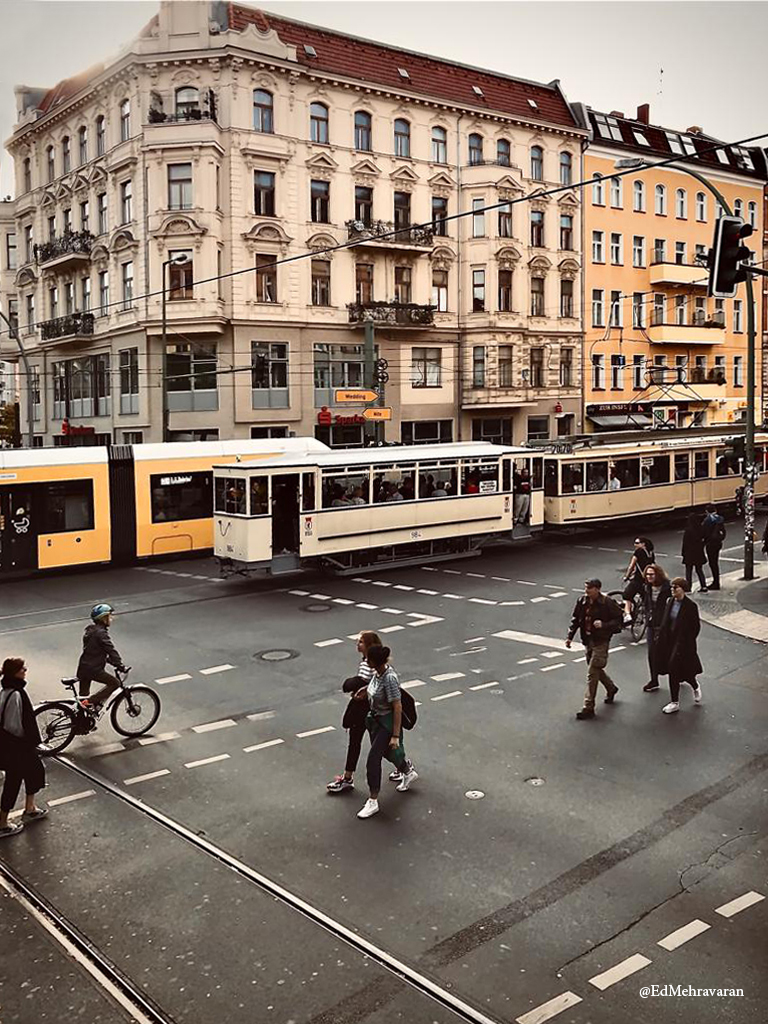
Berlin Holocaust Memorial
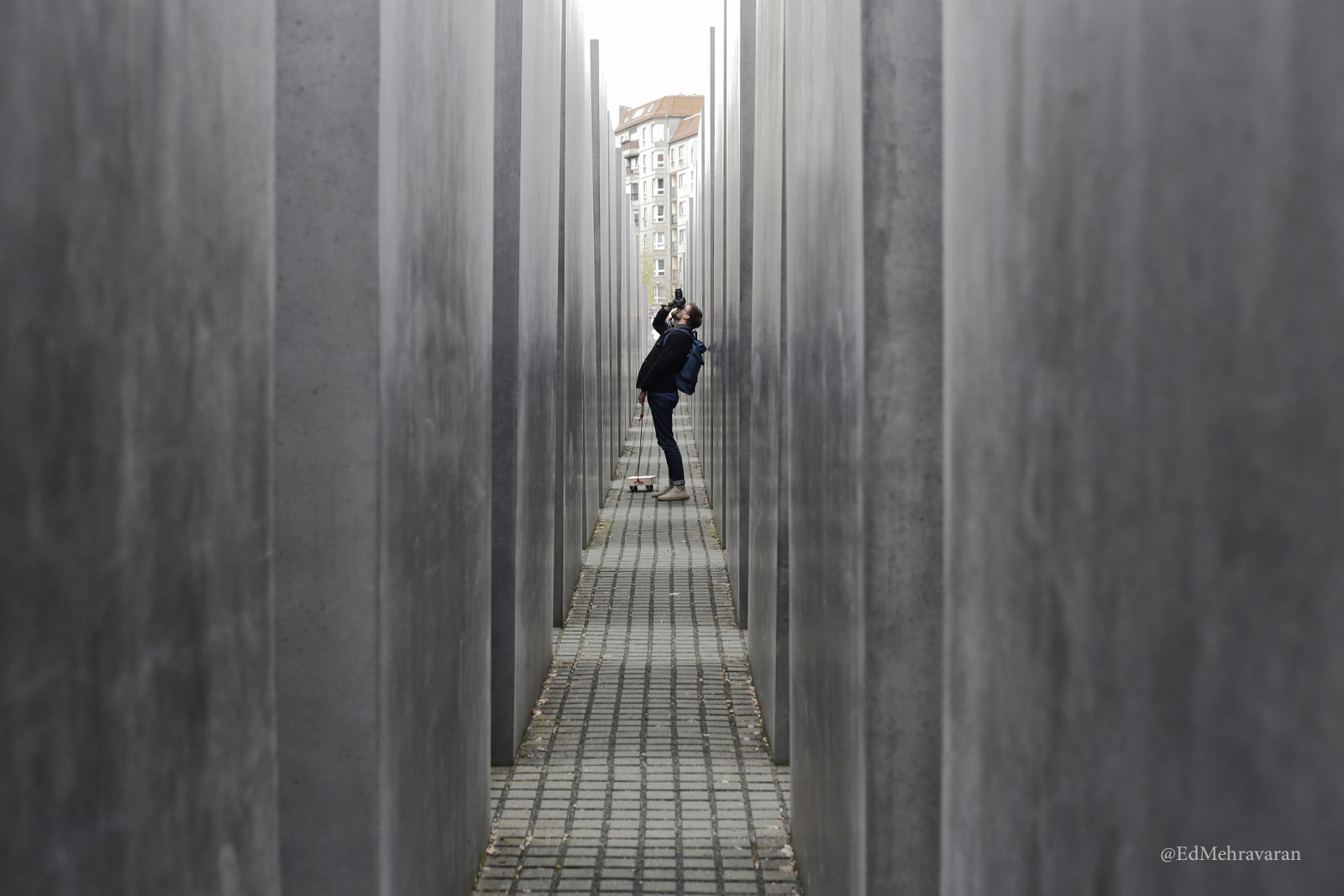
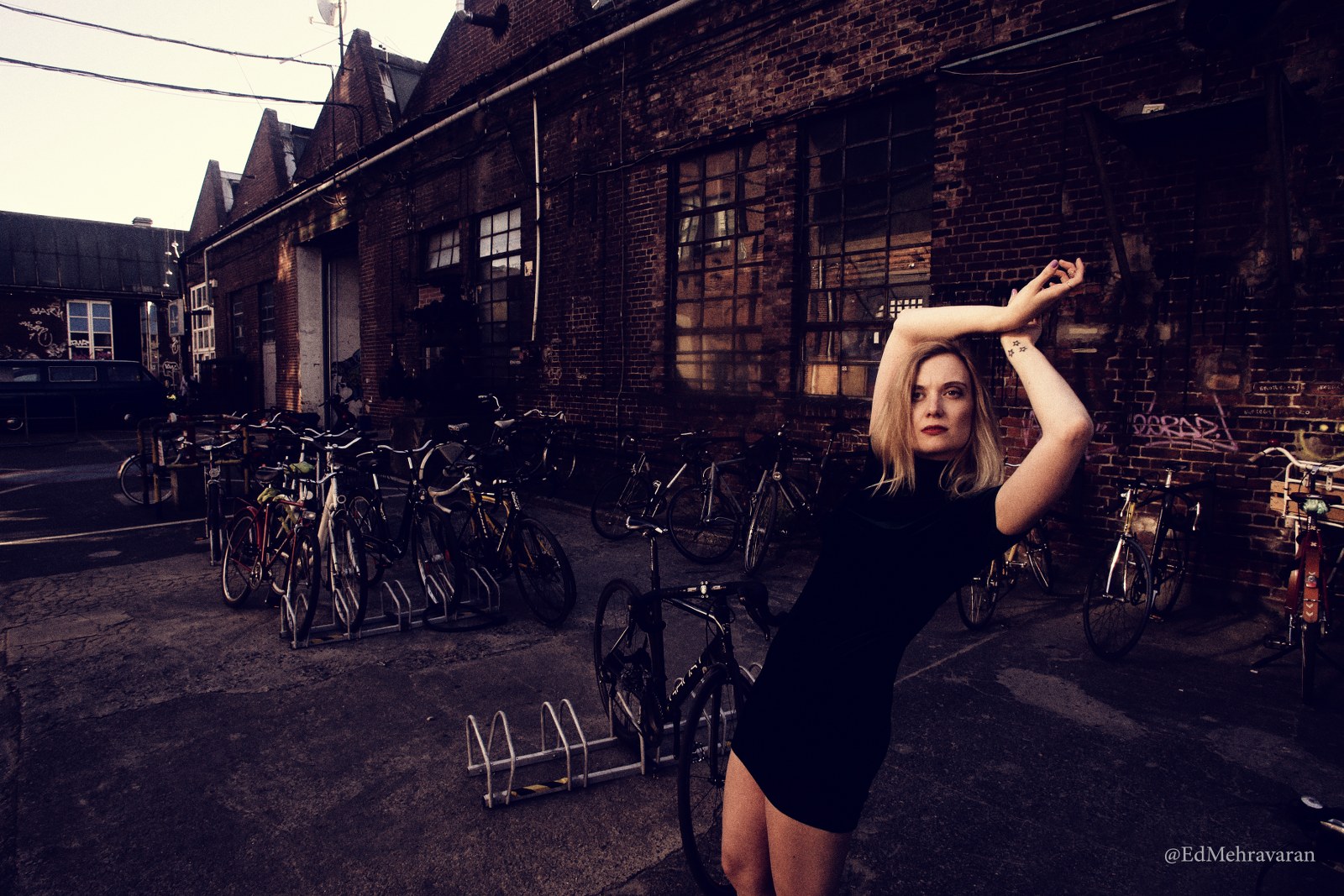
Alte Nationalgalerie
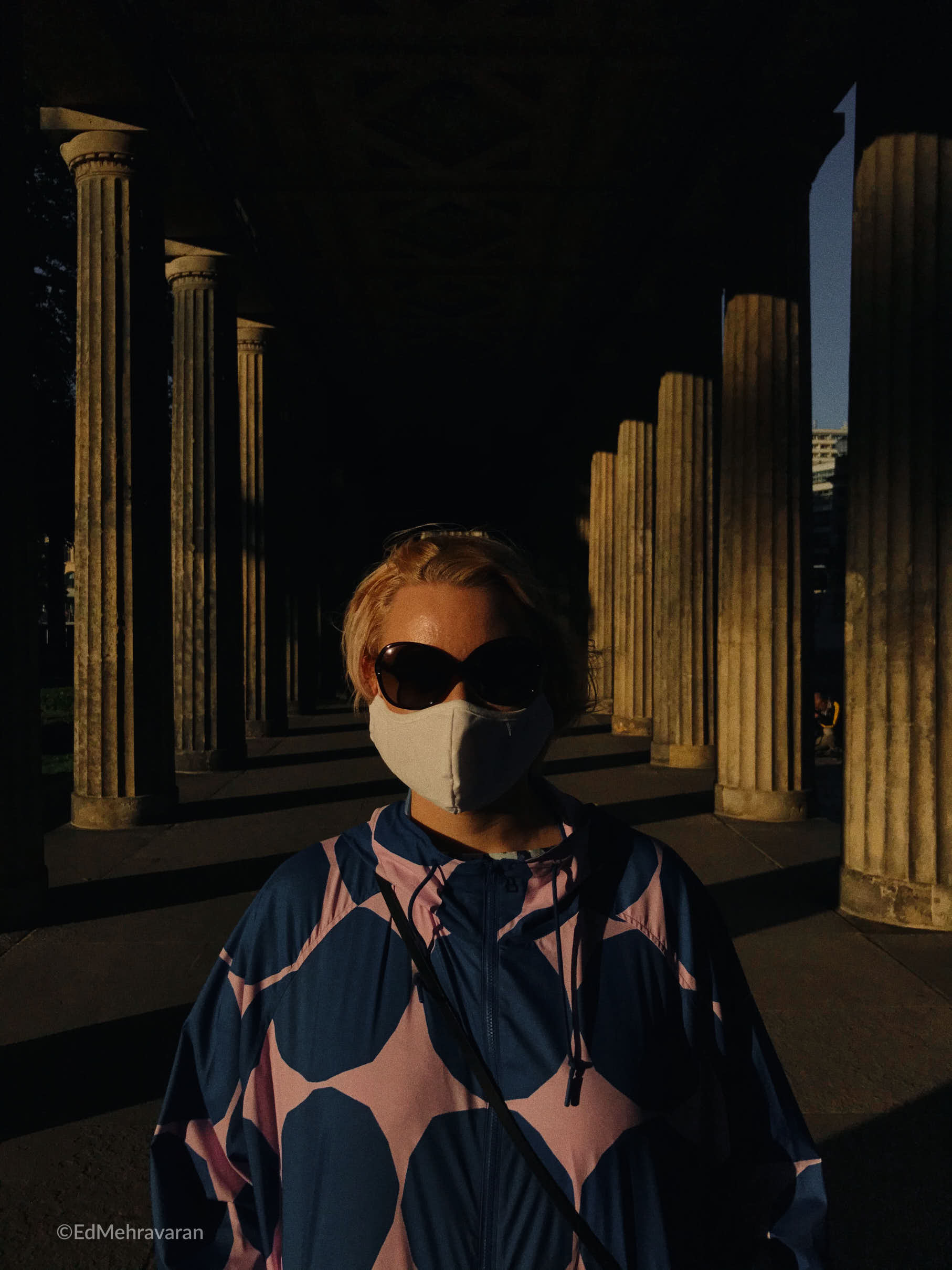
List of street photographers
This is a dynamic list and may never be able to satisfy particular standards for completeness. You can help by expanding it with reliably sourced entries.
- Jun Abe (1955–)
- Berenice Abbott (1898–1991)
- Christophe Agou (1969–2015)
- Richard Bram (1952–)
- Lola Álvarez Bravo (1903–1993)
- Manuel Álvarez Bravo (1902–2002)
- Blake Andrews (1968–)
- Emmy Andriesse (1914–1953)
- Nobuyoshi Araki (1940–)
- Diane Arbus (1923–1971)
- Eugène Atget (1857–1927)
- Alice Austen (1866–1952)
- Narelle Autio (1969–)
- Shirley Baker (1932–2014)
- James Barnor (1929–)
- Ruth-Marion Baruch (1922–1997)
- Gianni Berengo Gardin (1930–)
- Lou Bernstein (1911–2005)
- Valentine Blanchard (1831–1901)
- Dorothy Bohm (1924–)
- Boogie (1969–)
- David Bradford (1951–)
- Adrian Bradshaw
- Bill Brandt (1904–1983)
- Brassaï (1899–1984)
- Giacomo Brunelli (1977–)
- Harry Callahan (1912–1999)
- Henri Cartier-Bresson (1908–2004)
- Mark Cohen (1943–)
- Joan Colom (1921–)
- Martha Cooper (1943–)
- Ted Croner (1922–2005)
- Bill Cunningham (1929–2016)
- Maciej Dakowicz (1976–)
- Bill Dane (1938–)
- Bruce Davidson (1933–)
- Peter Dench (1972–)
- Raymond Depardon (1942–)
- Philip-Lorca diCorcia (1951–)
- Robert Doisneau (1912–1994)
- Ken Domon (1909–1990)
- Don Donaghy (1936–2008)
- Terence Donovan (1936–1996)
- Eamonn Doyle (1969–)
- Carolyn Drake (1971–)
- Nikos Economopoulos (1953–)
- William Eggleston (1939–)
- Martin Elkort (1929–2016)
- Ed van der Elsken (1925–1990)
- Morris Engel (1918–2005)
- Elliott Erwitt (1928–)
- Walker Evans (1903–1975)
- Louis Faurer (1916–2001)
- Harold Feinstein (1931–2015)
- Robert Frank (1924–)
- Jill Freedman (1939–)
- Lee Friedlander (1934–)
- Cristina García Rodero
- William Gedney (1932–1989)
- George Georgiou (1961–)
- David Gibson (1957–)
- Bruce Gilden (1946–)
- Shigeo Gochō (1946–1983)
- Henry Grant (1907–2004)
- Ken Grant (1967–)

